Harrys trip through 18th century Halifax 4 - Old Market
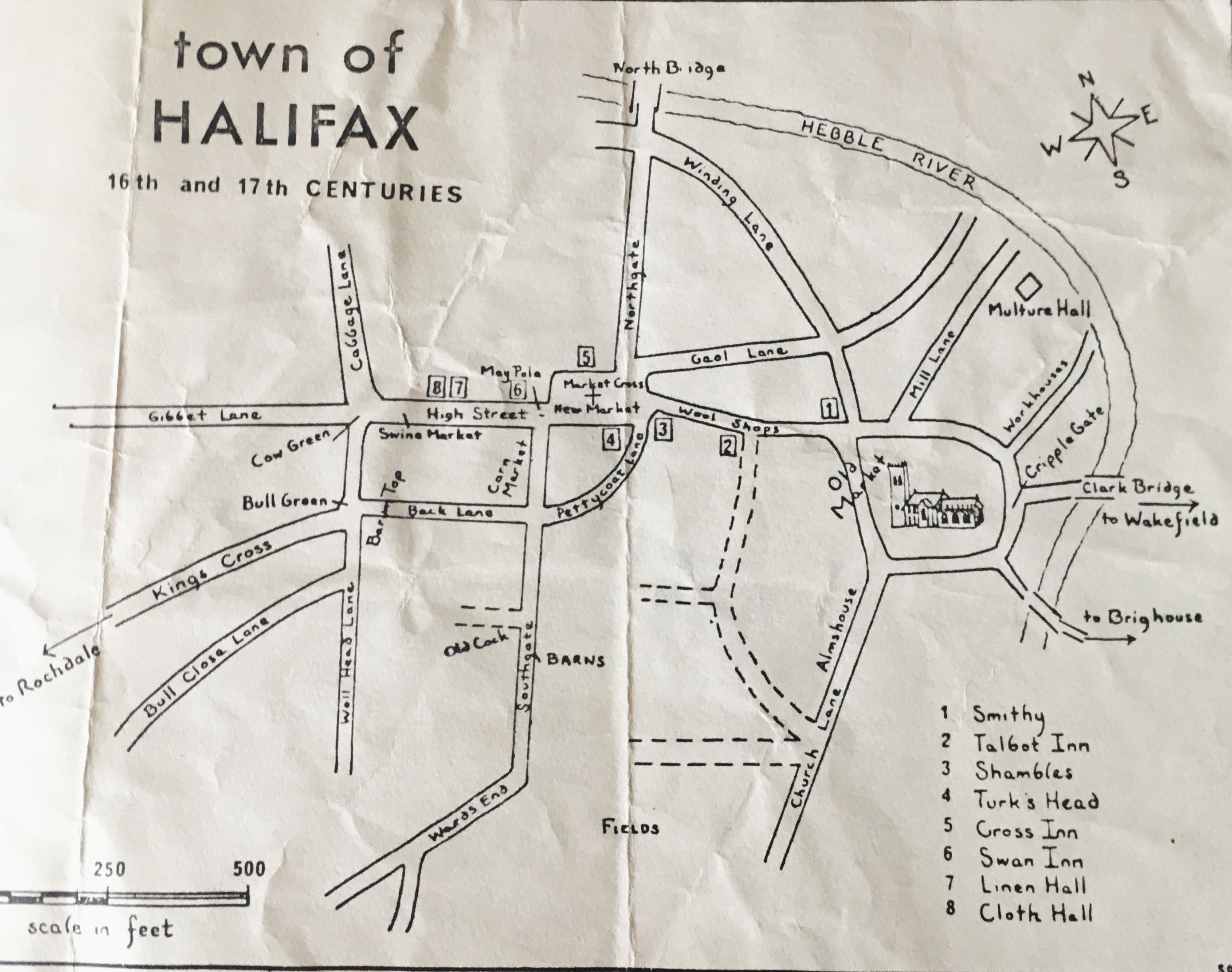

Tales from Old Market: The Heart of Historic Halifax
Step back in time with me to Old Market, a place where Halifax's history runs as deep as its ancient cellars. As Harry Facks would say, "If these cobblestones could talk, they'd tell tales that would make your hair stand on end!"
At the very heart of Halifax's bustling town centre, Old Market wasn't just a name – it was the beating heart of community life, seamlessly flowing into Corn Market and Market Street. Even today, this historic name clings to the area like ivy to an old stone wall, a testament to its enduring significance.
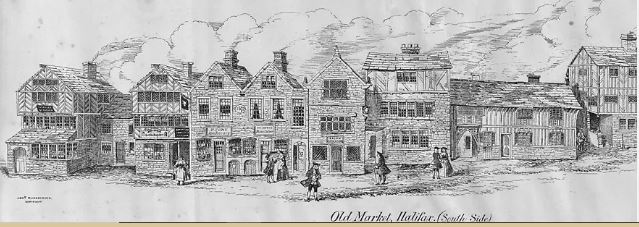
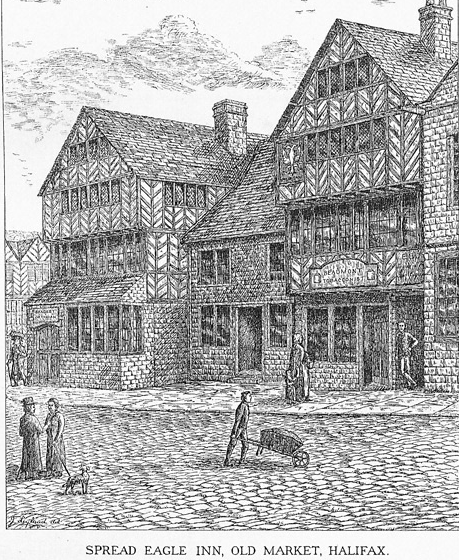
We'll take a look at the south side of the street first. Near the bottom was the Spread Eagle pub which was demolished in 1879.
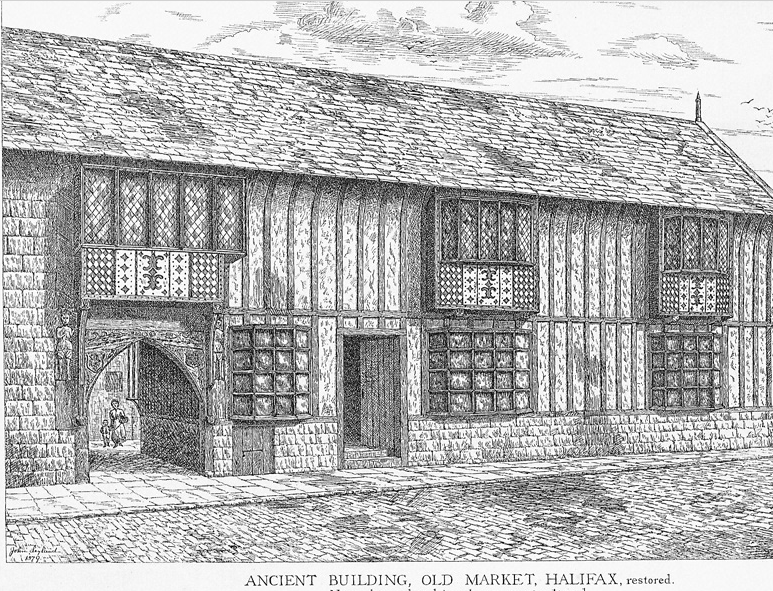
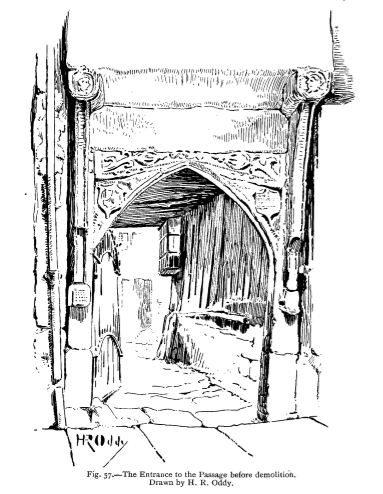
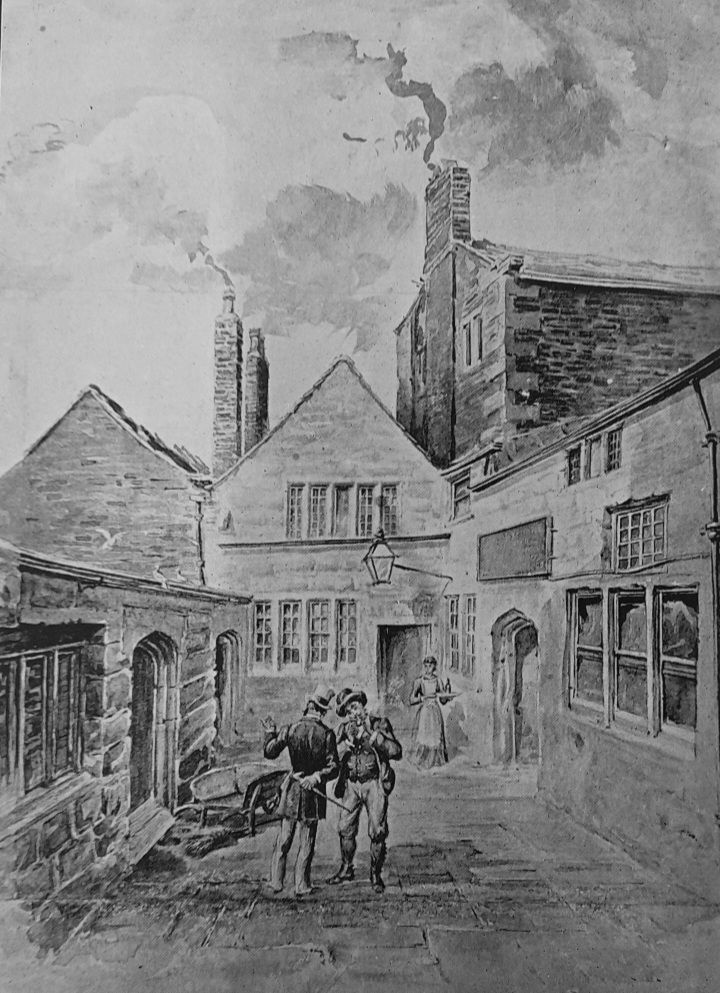
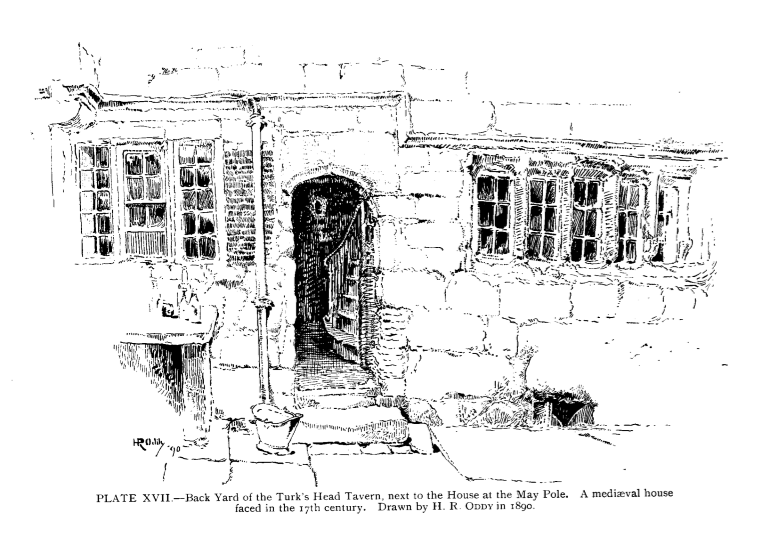
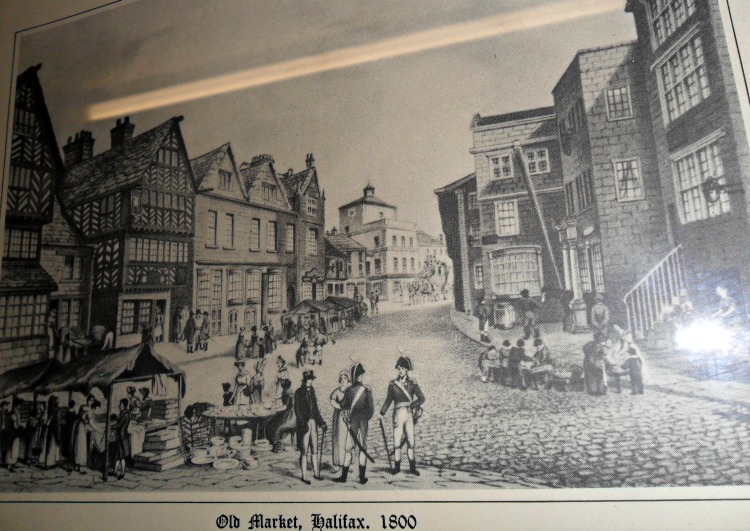
Beyond the 'House at the Maypole' is Crown Street

This is a much later view but the 'House at the Maypole' can still be seen in the middle of the picture and 'The Castle' above it.
The House at the Maypole' was bought, removed and rebuilt near Shibden on Halifax Road.
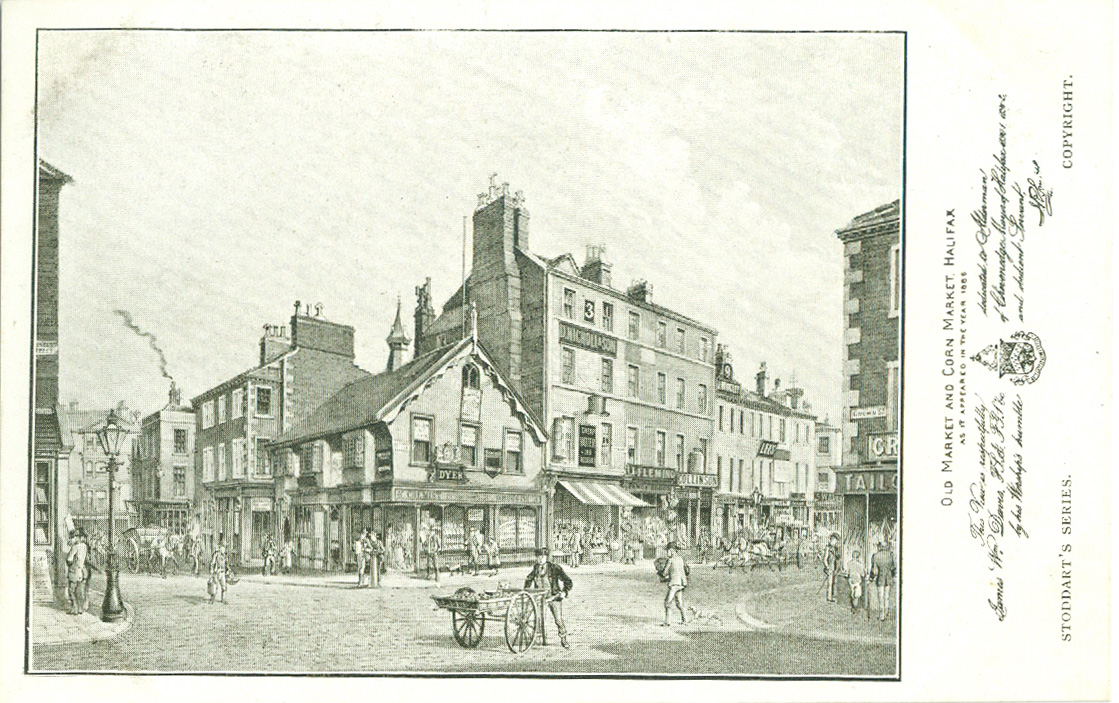
At this junction with Corn Market, the May Pole reached skyward, a reminder of merrier times when the town would burst into celebration. But Old Market had its grimmer side too – the Pillory and Stocks stood as stern warnings to would-be wrongdoers, while The Shambles buzzed with butchers going about their bloody business.
Perhaps most intriguing is what lay beneath – one of Halifax's first gaols lurked in a cellar beneath Old Market. These underground chambers, damp and dark, later gave way to the more formal Debtor's Gaol in Gaol Lane, but not before housing their fair share of Halifax's notorious characters.
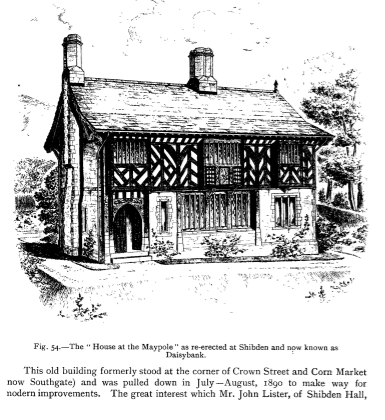
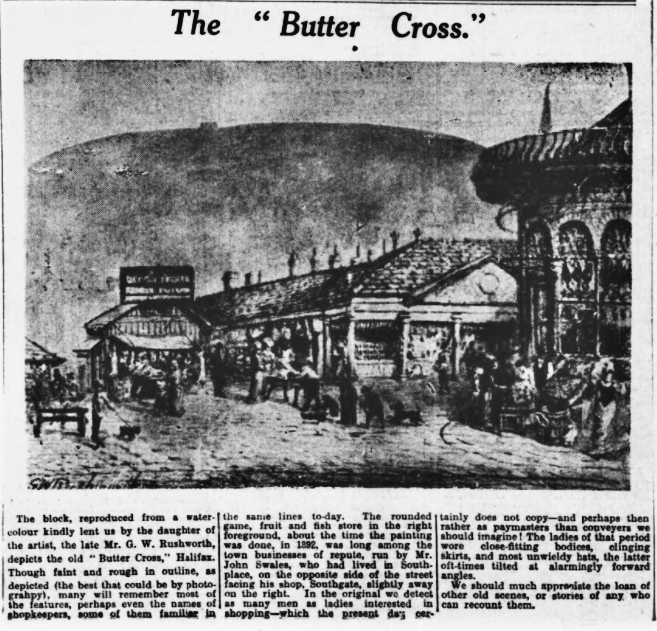
Picture yourself in the 16th and 17th centuries, when Old Market was a theatre of daily life, justice, and commerce. The Market Cross stood proud, a symbol of Halifax's market rights and the focal point for public announcements. Nearby, the Butter Cross marked where local farmers' wives would sell their dairy produce, their voices mixing with the general hubbub of market day.
At its heart stood several key structures, each telling its own tale of Halifax life:
• The Market Cross - the central point where official proclamations were read and public gatherings held
• The Butter Cross - where local dairy traders set up their stalls
• The May Pole - marking the junction with Corn Market, a symbol of celebration and community
• The Pillory and Stocks - grim reminders of public justice
• The Shambles - where butchers plied their trade
Justice Below Ground
Perhaps one of Old Market's most intriguing features was its cellar gaol - one of Halifax's first prisons. These underground chambers, carved into the bedrock beneath the marketplace, later gave way to the more formal Debtor's Gaol in Gaol Lane. As Harry Facks might say, "Those cellar walls held more secrets than a merchant's ledger!"
North Side of Old Market
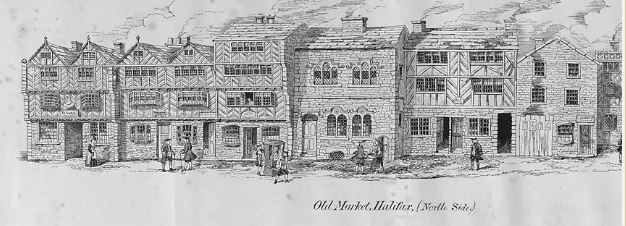
The Union Cross Tavern
Standing proud through centuries of change, the Union Cross Tavern remains as a testament to Old Market's enduring significance. This historic building has witnessed countless market days, deals, and discussions, serving as a meeting point for traders and townspeople alike.
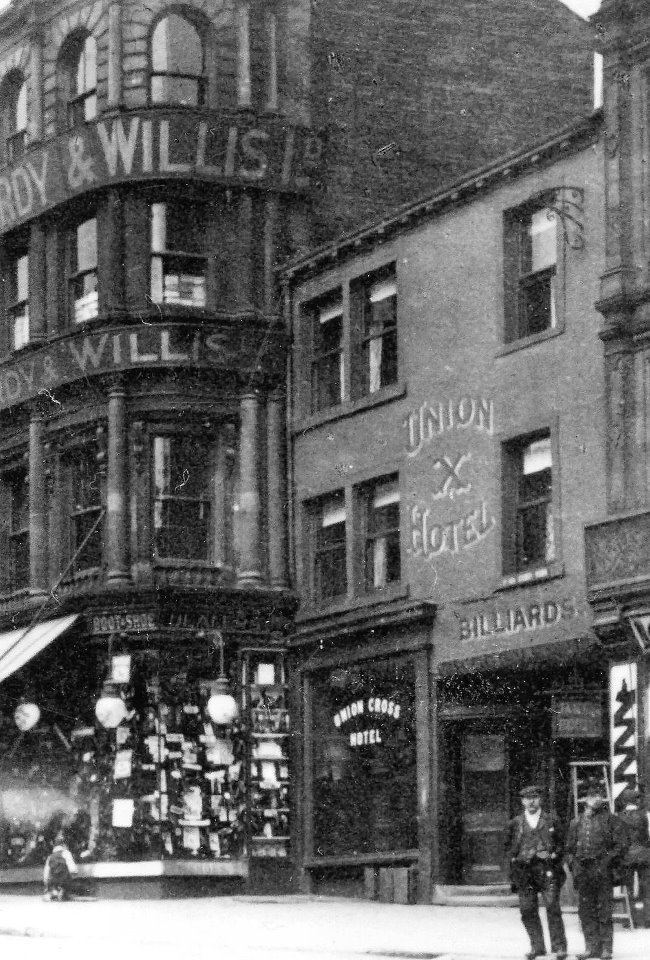
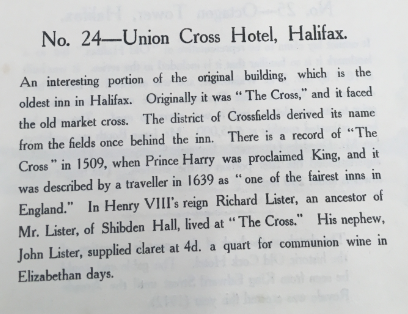
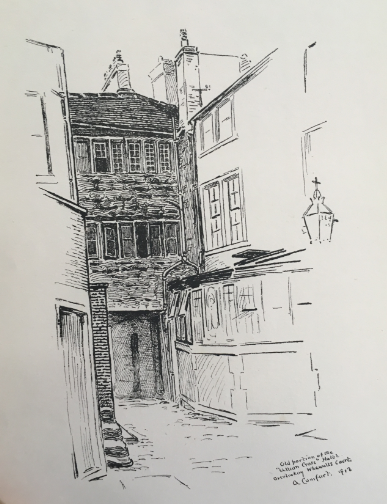
Union Cross yard
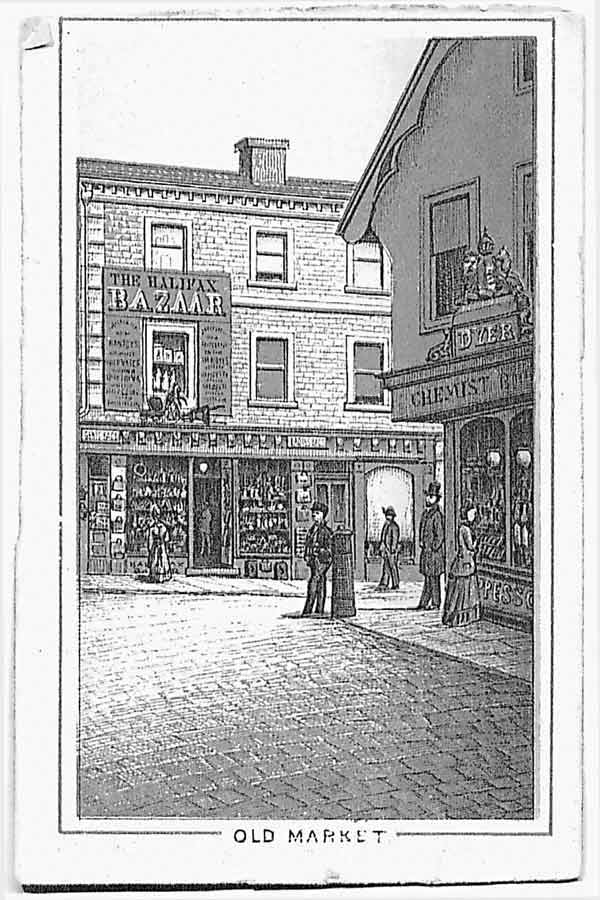
Viewed from Cornmarket
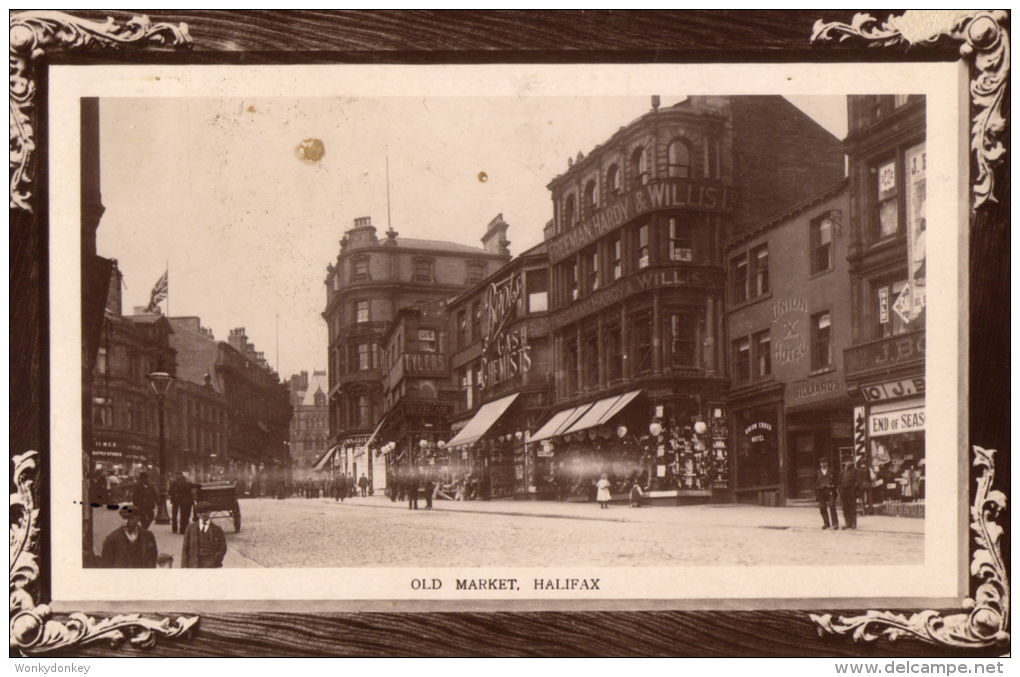
A Living Legacy
While modern Halifax has evolved around it, Old Market's name and significance persist. The area continues to connect Corn Market and Market Street, maintaining its role as a crucial crossroads in the town's layout. Every step across its ground traces paths walked by countless generations of Halifax folk, from medieval merchants to modern-day shoppers.
The space serves as a reminder of how Halifax grew from a market town into the vibrant community we know today. As Harry often reminds visitors, "You're not just walking through a street here – you're walking through centuries of Halifax history."
--------------
In 1810, the Halifax Market Company successfully lobbied for an Act of Parliament to force all street traders to move into the new building. No person was allowed to set up any stall in the streets or stand with a basket in order to sell their wares. Fines of between 10/- and 40/- could be imposed for contravening the Act. Laws were made regulating, cleansing, letting and controlling the times of opening for the sale of goods.
A further Act in 1853 authorised the new Halifax Corporation to buy the market from the Market Company. The building was bought by Halifax Corporation in 1863 for £7,700 and demolished in 1890 for the present Borough Market
If you have enjoyed your visit to this website, please spread the word by clicking the 'like' and 'share' buttons below. Thank you


